Passive Retrofits for Occupied Buildings: Myths vs. Reality
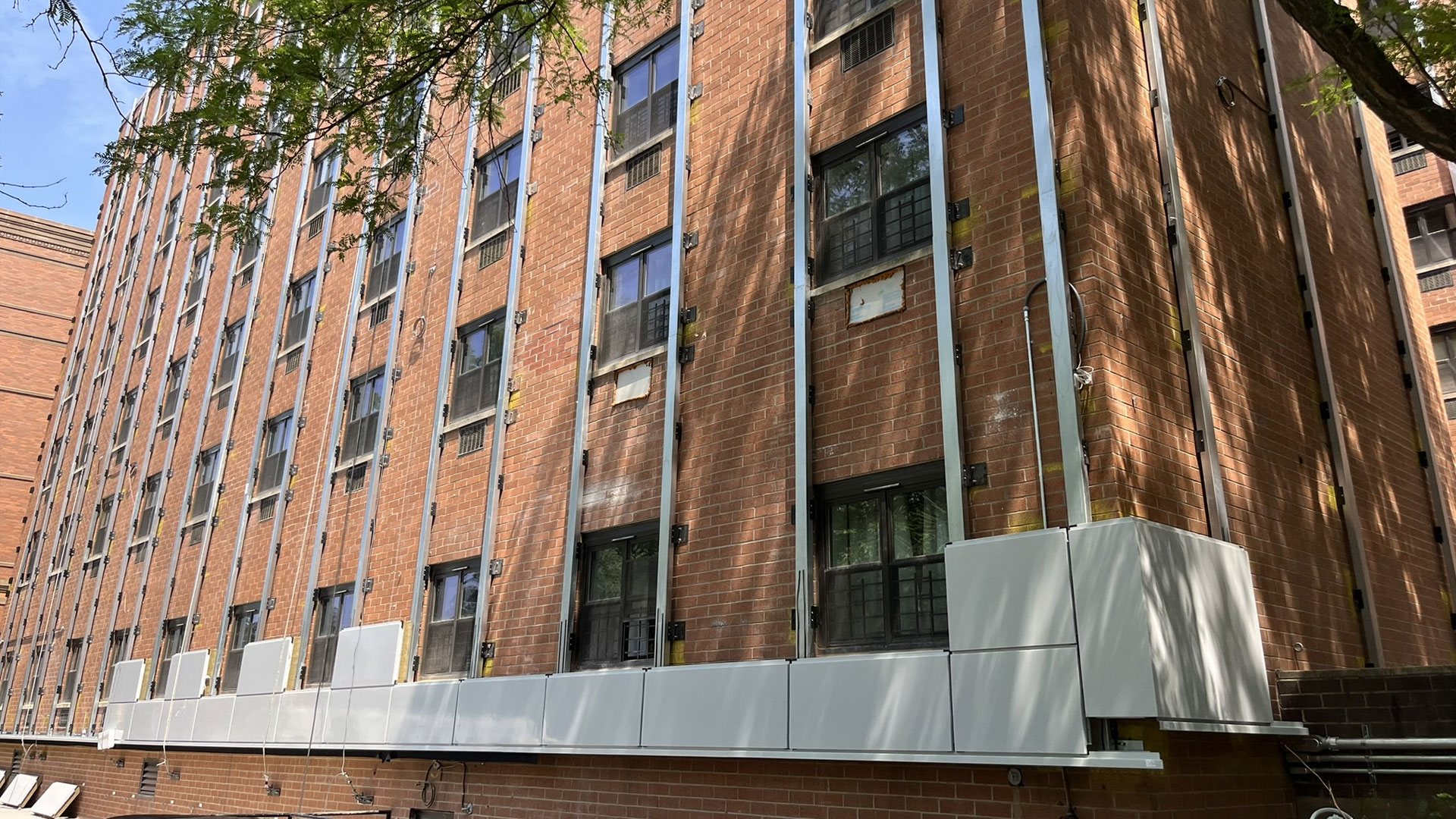
Passive retrofit is still seen as “too expensive,” “too complicated,” and almost unrealistic for buildings where people stay in place. Myths pile up around payback, tenant displacement, and the supposedly “experimental” nature of these projects.
Here’s a look at how costs and savings really work, why exterior over-cladding lets you retrofit occupied buildings, and how modern systems like Dextall make passive-level performance actually achievable.
Is passive retrofit really “too expensive”?
At first glance, yes. If you compare it to “paint the exterior and do a light touch on the systems,” a full passive-oriented approach will always look more expensive in the initial budget. But that comparison is only about what you spend today, not how the building behaves over time.
Why passive retrofits look costly on paper
The “too expensive” feeling comes from very specific line items in the budget.
You need more layers in the envelope: a continuous insulation layer, thermal-bridge-free details, additional membranes. That’s not the same as “a thin layer of insulation and some stucco.”
You also move to higher-performance windows with stricter installation and air-sealing requirements. The design phase costs more too: more detailing, coordination, and modeling, because the building stays occupied. Put together, all of this makes CAPEX look noticeably higher than a simple “facelift” if you only look at the first check.
Where the long-term savings actually come from
Over a 15–30 year horizon, a passive-oriented retrofit starts to earn back that upfront difference:
- Energy – significantly lower heating and cooling demand, plus less exposure to energy price spikes.
- Mechanical systems – smaller, simpler systems with cheaper installation and maintenance.
- Envelope – better protection from moisture and temperature stress, fewer emergency facade repairs.
- Regulations – a buffer against tightening energy and carbon rules instead of scrambling to catch up.
- Asset value – higher comfort, stable utility bills, and a refreshed exterior support rental rates and liquidity.
So the question is less “is it too expensive?” and more “can this building survive another cycle of cheap, short-term fixes?”
Do you really have to vacate tenants?
In a lot of people’s minds, a passive retrofit means construction chaos: scaffolding, dust, radiators off the walls, months of disruption, and inevitable tenant relocation. In reality, modern envelope strategies were developed specifically so you can rebuild the facade with the building still occupied, not the other way around.
The key is to push as much work as possible to the outside and tightly manage the smaller portion that does have to happen inside apartments.
How exterior over-cladding enables “live-in” retrofits
Exterior over-cladding lets you do a deep upgrade of the envelope while most of the construction stays “on the facade,” not inside people’s homes. New insulation layers, attachments, membranes, and air-sealing details are all installed from the outside, over the existing structure.
For residents, that means their space doesn’t turn into a jobsite: short visits from the crew, minimal demolition, no living “inside bare concrete.”
In short, it works like this:
- Most work happens outside, on scaffolding or lifts: insulation, attachments, finishes.
- New windows and connection details are installed from the facade side, with short access inside each unit.
- Air-sealing and detailing are handled mainly from the exterior, without opening up interior walls.
- Interiors stay livable: no full-scale demo, no long closures of rooms or entire units.
Managing disruption: phasing, access windows, and communication
To realistically keep people in place, it’s not enough to “do everything outside” — the process has to be managed well. That’s where phasing, clear access windows, and good communication come in.
Work is broken into logical phases: by facade, section, or vertical stack. Each apartment gets clear time slots when the team will need to come inside — for example, to swap a window or do local air-sealing. Residents know in advance what will happen, when, and for how long, instead of living through an endless, undefined renovation.
The building goes through a deep envelope upgrade, while people stay in their homes — with defined limits on disruption and a clear payoff in comfort.
From concept to reality: how Dextall supports passive retrofits in occupied buildings
Dextall produces unitized prefabricated exterior wall panels — factory-built facade panels with integrated windows, insulation, and cladding. The D Wall® and D Wall Retrofit systems are designed for both new construction and retrofit projects where fast installation, strong energy performance, and minimal site work really matter.
Dextall as a high-performance exterior over-cladding system
In a retrofit context, Dextall acts as a ready-made solution for exterior over-cladding existing buildings:
- Continuous thermal envelope – panels with non-combustible mineral wool insulation and additional layers, including high-R options (S-Wall: R-10.5 to R-35.5).
- Controlled air and water tightness – plug-and-play joints with high-performance gaskets, no wet sealants or field-applied caulking at height.
- Integrated windows and details – windows, insulation, and cladding are installed at the factory, which cuts down on field joints and on-site error risk.
- Fast installation over the existing facade – panels arrive ready to hang on the building, shortening facade work and reducing weather exposure and downtime.
Benefits for owners and residents: cost, comfort, and aesthetics in one package
For stakeholders, it looks like this:
- Owner / investor – a standardized system with predictable performance, plus roughly 15–20% savings compared to traditional on-site construction thanks to less on-site labor, shorter schedules, and reduced waste, along with a practical path to tougher energy-code compliance.
- Resident – most work happens outside, with only short access windows into the unit; the end result is a warmer, quieter, visually upgraded building without having to move out.
In this setup, Dextall naturally “slots in” as the exterior over-cladding workhorse for high-performance retrofit projects in occupied buildings.
Quick questions building owners actually ask
Passive retrofit = crazy expensive?
Not necessarily. It costs more upfront, but it pays back for years through lower energy use and fewer envelope repairs. The real question isn’t “is it expensive?” — it’s “what are we paying for over the next 20 years?”
Do we really have to move tenants out?
Only if you stick to old-school methods. With exterior over-cladding, most of the work happens from the outside; crews only come inside for short, planned visits.
Where does Dextall fit into this?
It lets you skip reinventing the facade from scratch. You get ready-made panels with insulation and windows that hang quickly on the existing building. Less chaos, more control.
What do residents actually get out of it?
Warmer, quieter apartments and a better-looking building — without relocating. A bit of short-term disruption, but a daily comfort upgrade afterward.
When is it “go time” for this kind of retrofit?When the facade is due for major work anyway, utility bills keep climbing, and regulations are tightening. That’s the moment to stop patching and make one smart leap forward.


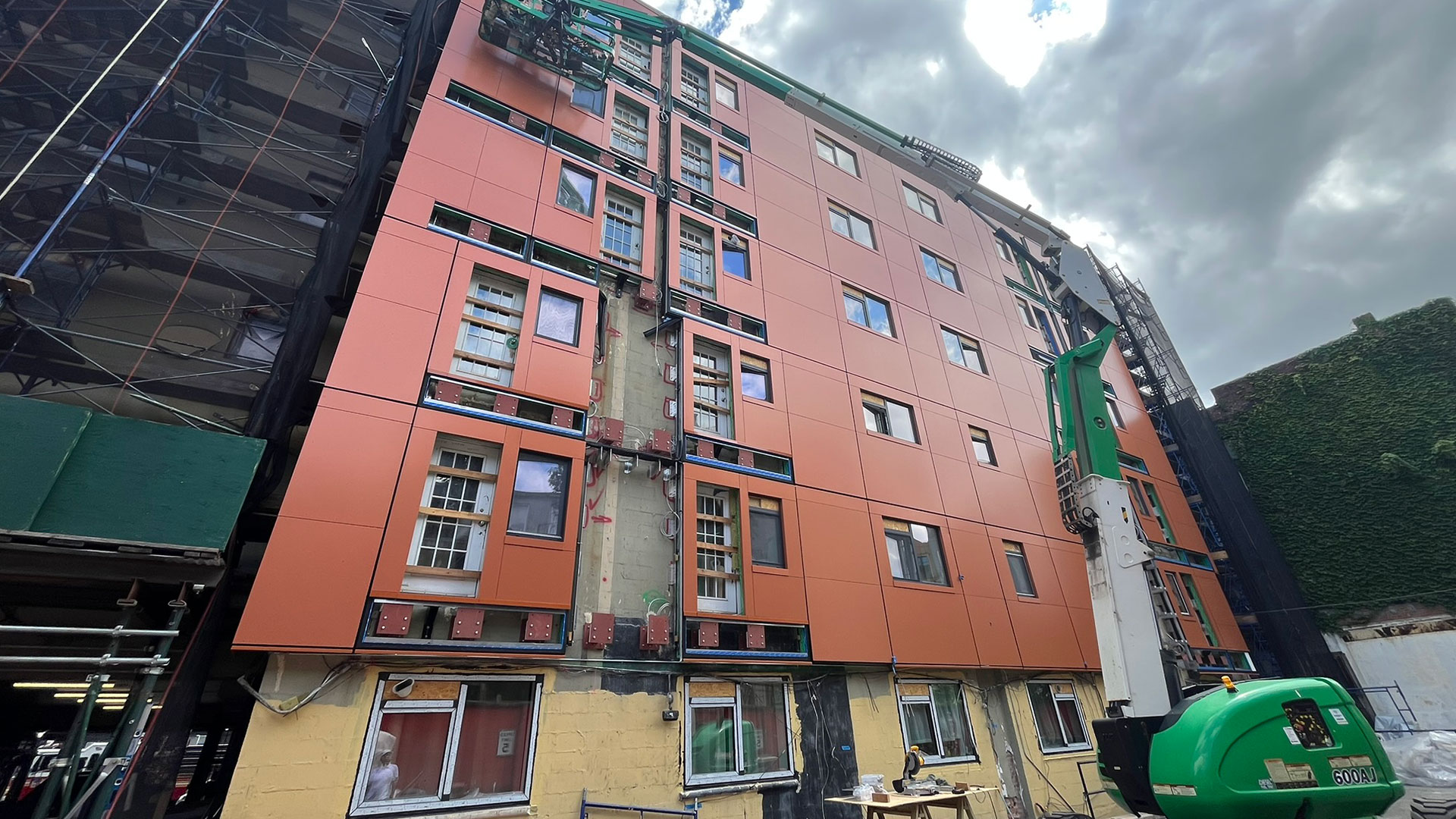



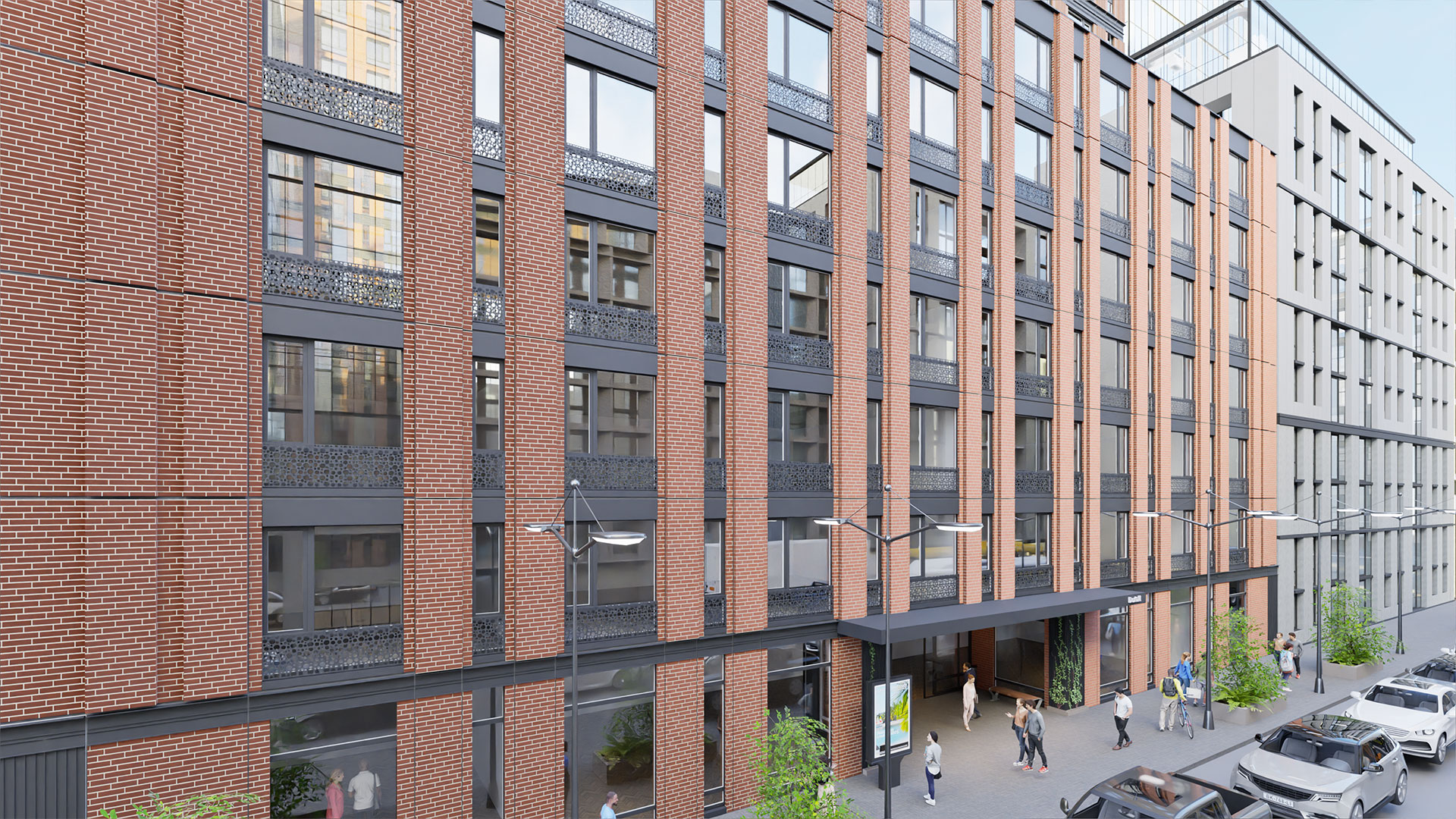


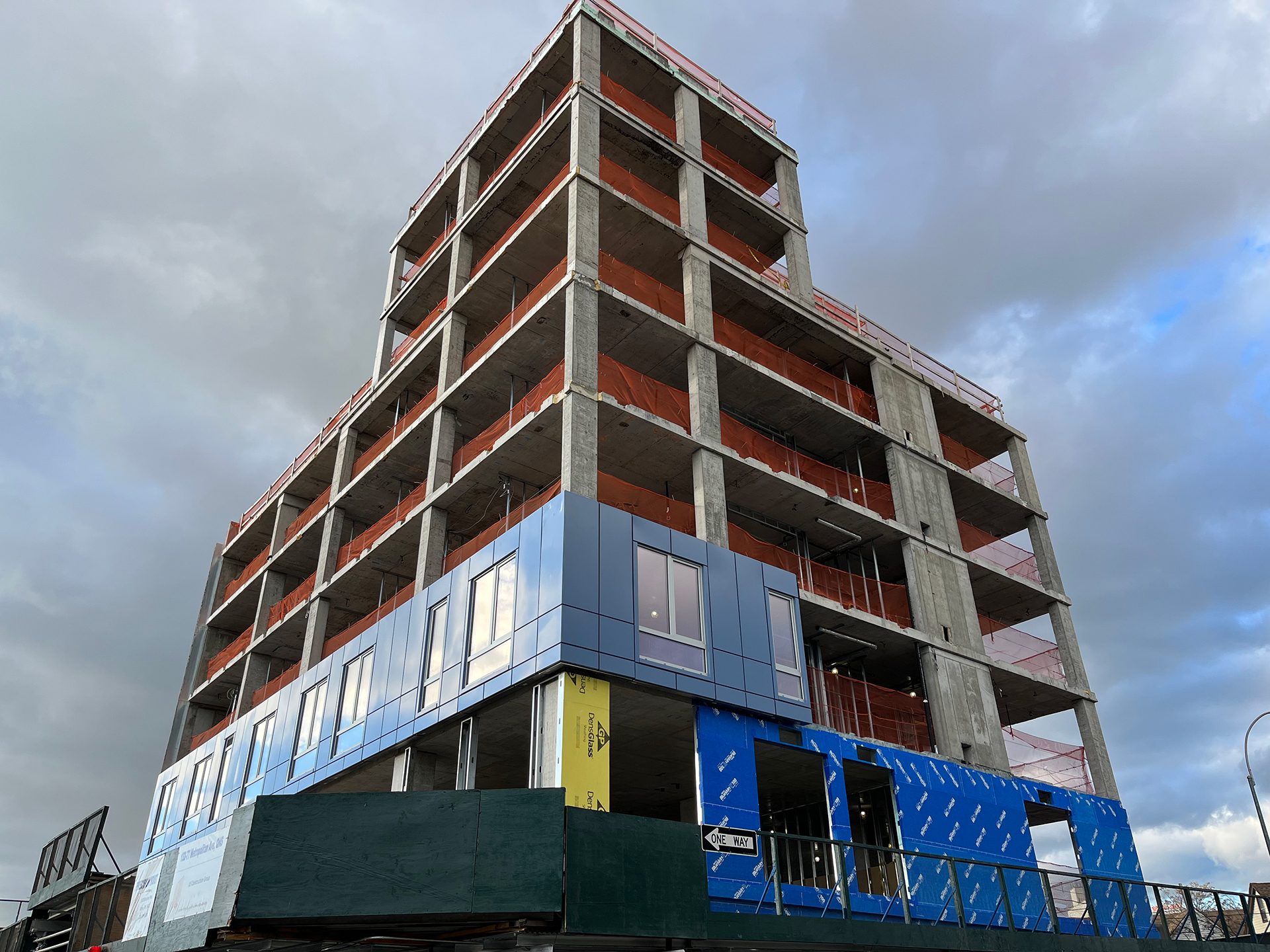
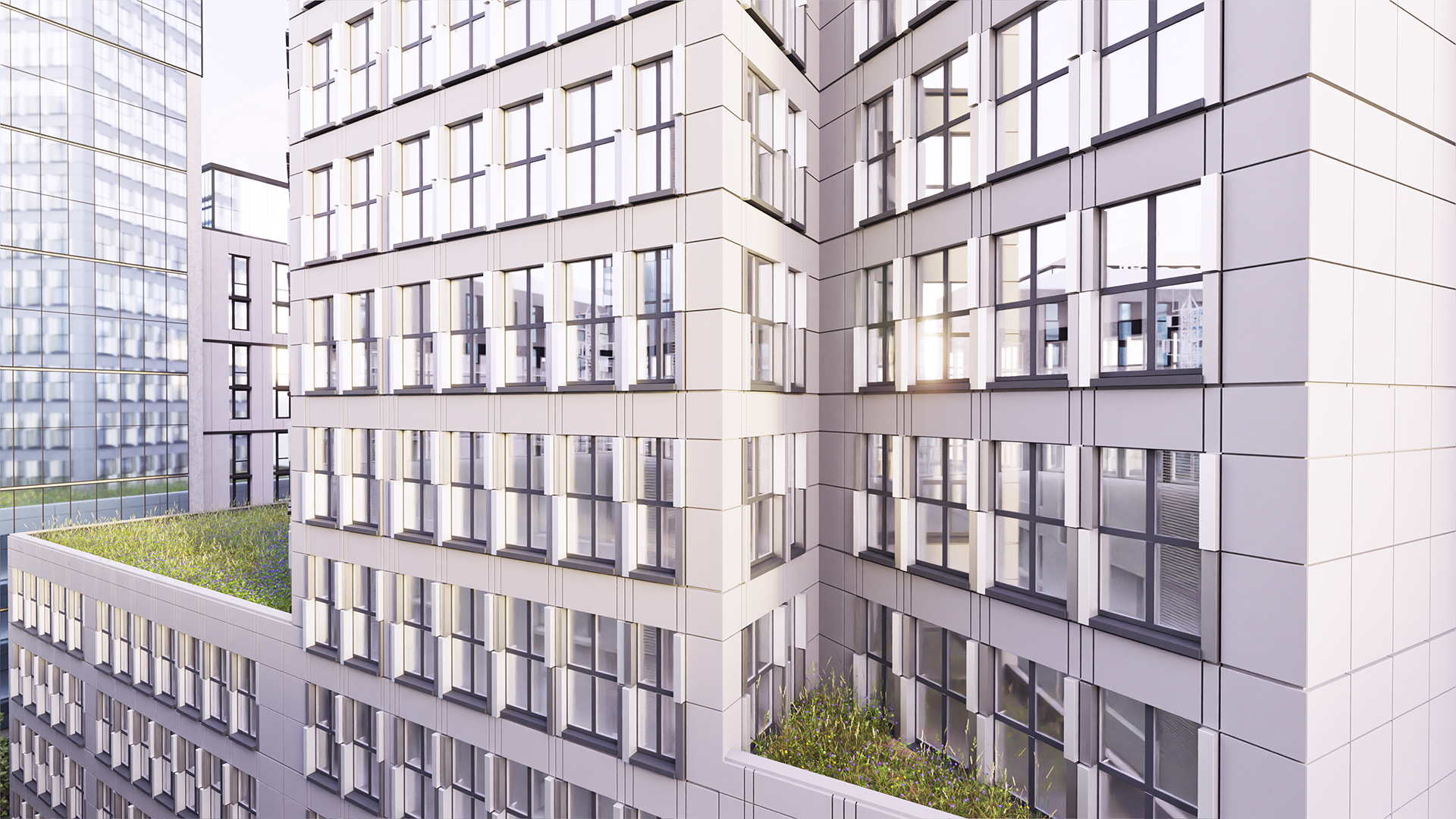






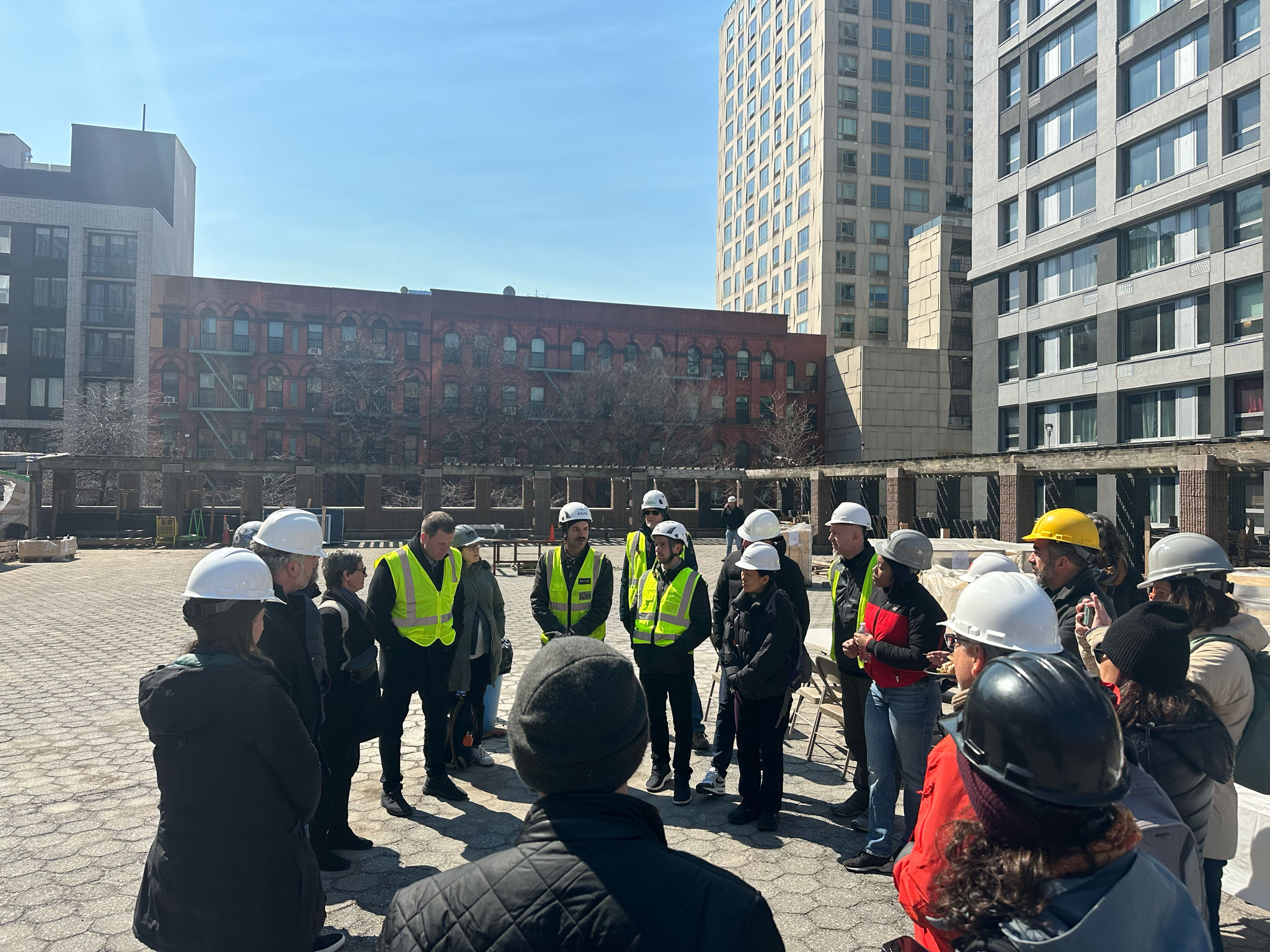



_format(webp).avif)
_format(webp)%20(6).avif)
_format(webp)%20(5).avif)
_format(webp)%20(4).avif)
_format(webp)%20(2).avif)
_format(webp)%20(3).avif)


.avif)
_format(webp)%20(2).avif)